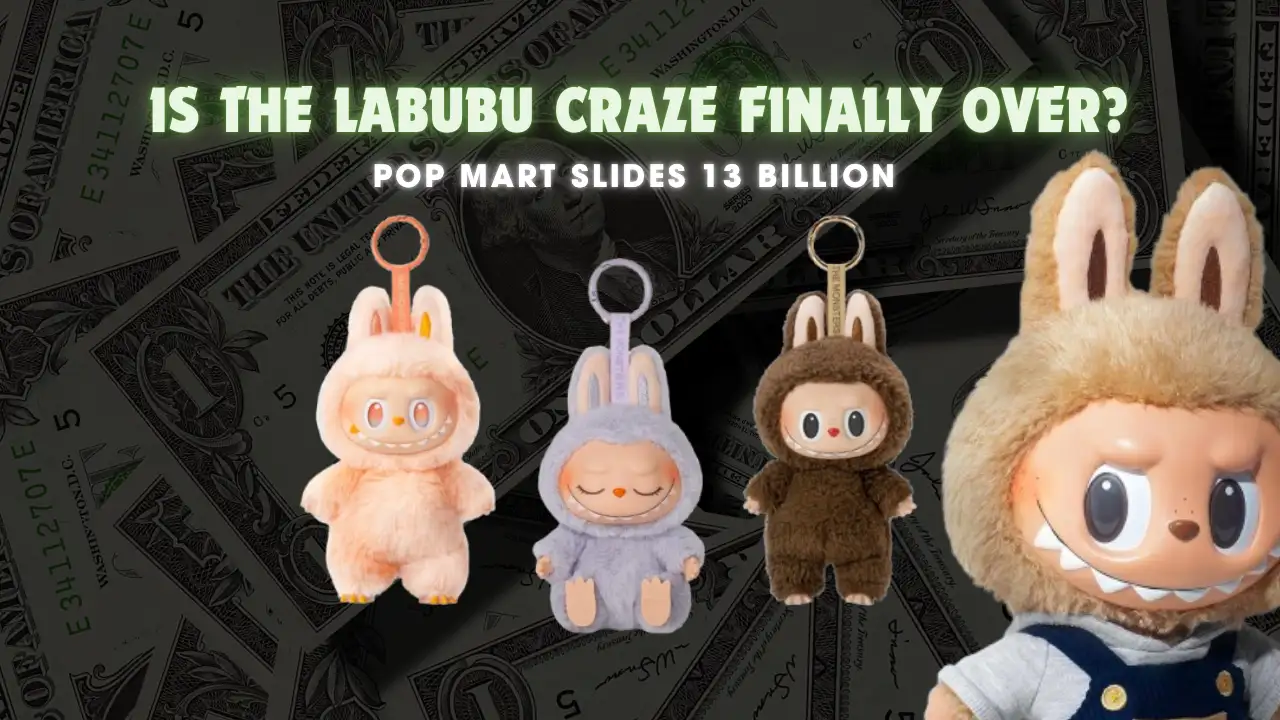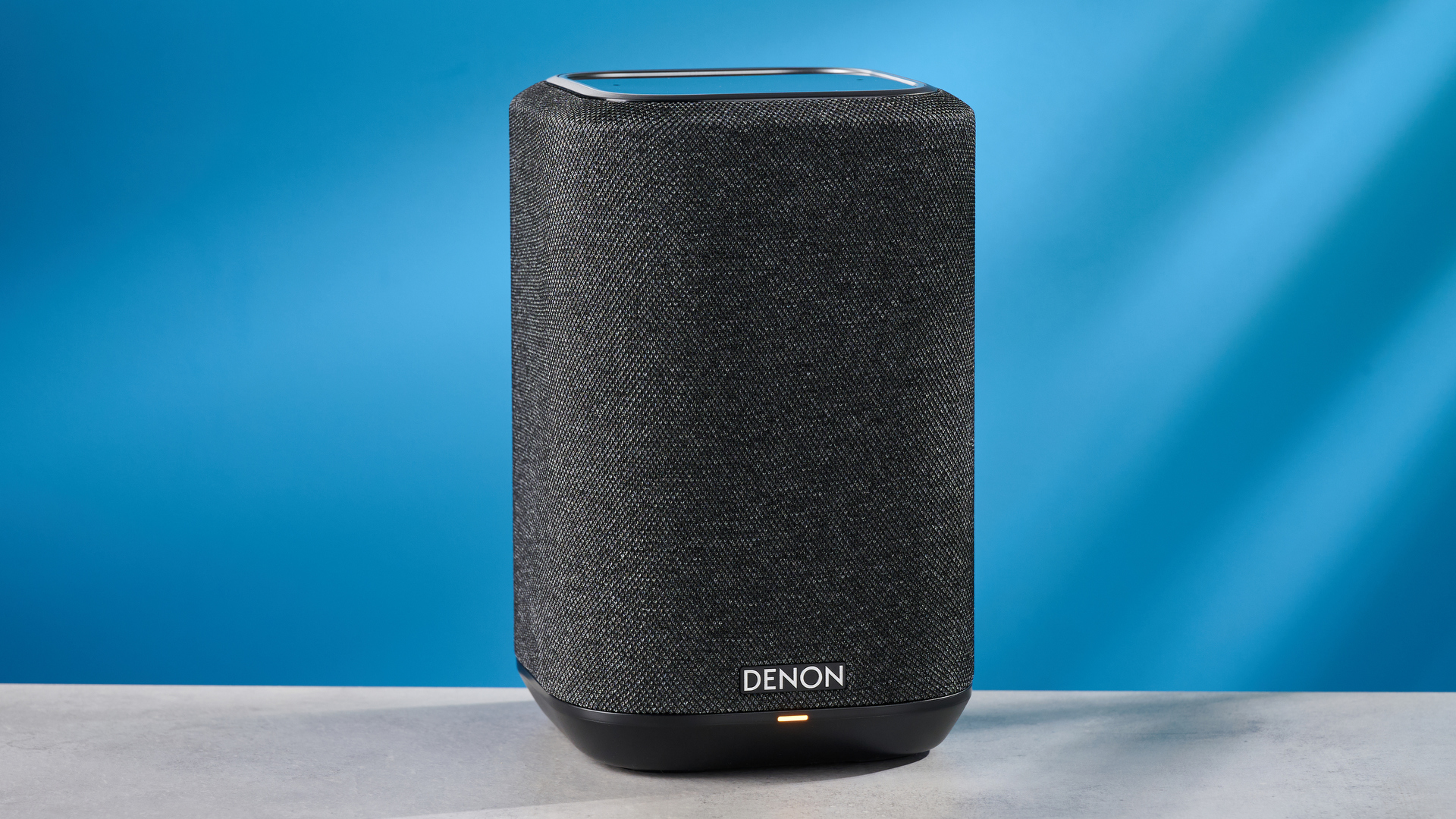By Samannay Biswas
Copyright timesnownews

The feverish demand for Labubu dolls , rabbit-eared collectibles that turned Pop Mart International Group Ltd. into one of Asia’s hottest stocks , is cooling. In just over two weeks, the company has lost nearly $13 billion in market value, raising questions about whether the toy giant can sustain its blockbuster growth, reported a Bloomberg article. Stock Market Shock Pop Mart shares plunged nearly 9% in Hong Kong trading, marking their steepest drop since April. The decline followed a downgrade by JPMorgan Chase & Co., which cited “weak catalysts and unattractive valuation” as reasons for lowering its rating to neutral from overweight. The Wall Street bank also slashed its December 2026 price target by 25% to HK$300, warning that Pop Mart’s stock is priced for perfection and vulnerable to negative news, such as a slowdown in resale values or uncertainty around third-party licensing. Despite the sharp correction, Pop Mart remains one of the top performers on the Hang Seng Index, with its stock still up more than 180% in 2025 after a spectacular run fueled by the Labubu mania. The Labubu Phenomenon Labubu dolls, introduced as part of Pop Mart’s designer toy lineup, exploded in popularity across Asia in 2024. Their quirky, rabbit-eared design and limited availability sparked a frenzy that drew in not only toy collectors but also celebrities like BlackPink’s Lisa and David Beckham, who were spotted with the plush figures. The craze was so intense that resale prices on China’s secondary markets soared, and fans queued outside Pop Mart stores for new releases. The hype helped the company’s shares quadruple in 2024, cementing Pop Mart as a cultural phenomenon and a market darling. But the tide appears to be turning. Analysts note that the secondary market premium for Labubu dolls is narrowing, a signal that consumer excitement may be fading. In a market driven by hype cycles, even a small cooling in demand can have outsized effects on valuations. Fundamentals Under Pressure Beyond the fad factor, Pop Mart faces the challenge of proving it can diversify its product line and sustain growth. Currently, the company trades at almost 23 times its 12-month forward earnings, a rich valuation compared to peers in the consumer goods and entertainment sectors. “Valuation is priced for perfection, and any small fundamental miss or negative media reports might drive underperformance,” JPMorgan analysts led by Kevin Yin wrote. Investor sentiment is also shifting. According to Bloomberg data, the ratio of buy ratings on Pop Mart has dropped to 91%, the lowest in a year. Company’s Next Moves To keep momentum alive, Pop Mart is pushing new initiatives: An animated Labubu series, expected before Christmas, aimed at deepening brand engagement.A refreshed version of Labubu, designed to reignite collector interest.Interactive toys, expanding beyond collectibles into digital and hybrid play. Still, JPMorgan flagged “low visibility” for these projects, raising concerns about whether they can replicate the success of Labubu’s original run. Pop Mart’s meteoric rise highlights both the power and fragility of consumer fads in China’s retail landscape. The company has proven its ability to capture youth culture and leverage scarcity marketing, but its reliance on a single character brand could leave it vulnerable. Competitors and copycats are also emerging, threatening to chip away at Pop Mart’s dominance in the designer toy market. The $13 billion wipeout from Pop Mart’s market cap underscores the risks of investing in companies heavily reliant on short-lived consumer trends. While Pop Mart remains a top player and cultural icon, its future hinges on whether it can create the next Labubu or if this marks the beginning of a slowdown. For now, investors face a simple question: was Labubu just a passing craze, or the foundation of a sustainable global toy empire?



